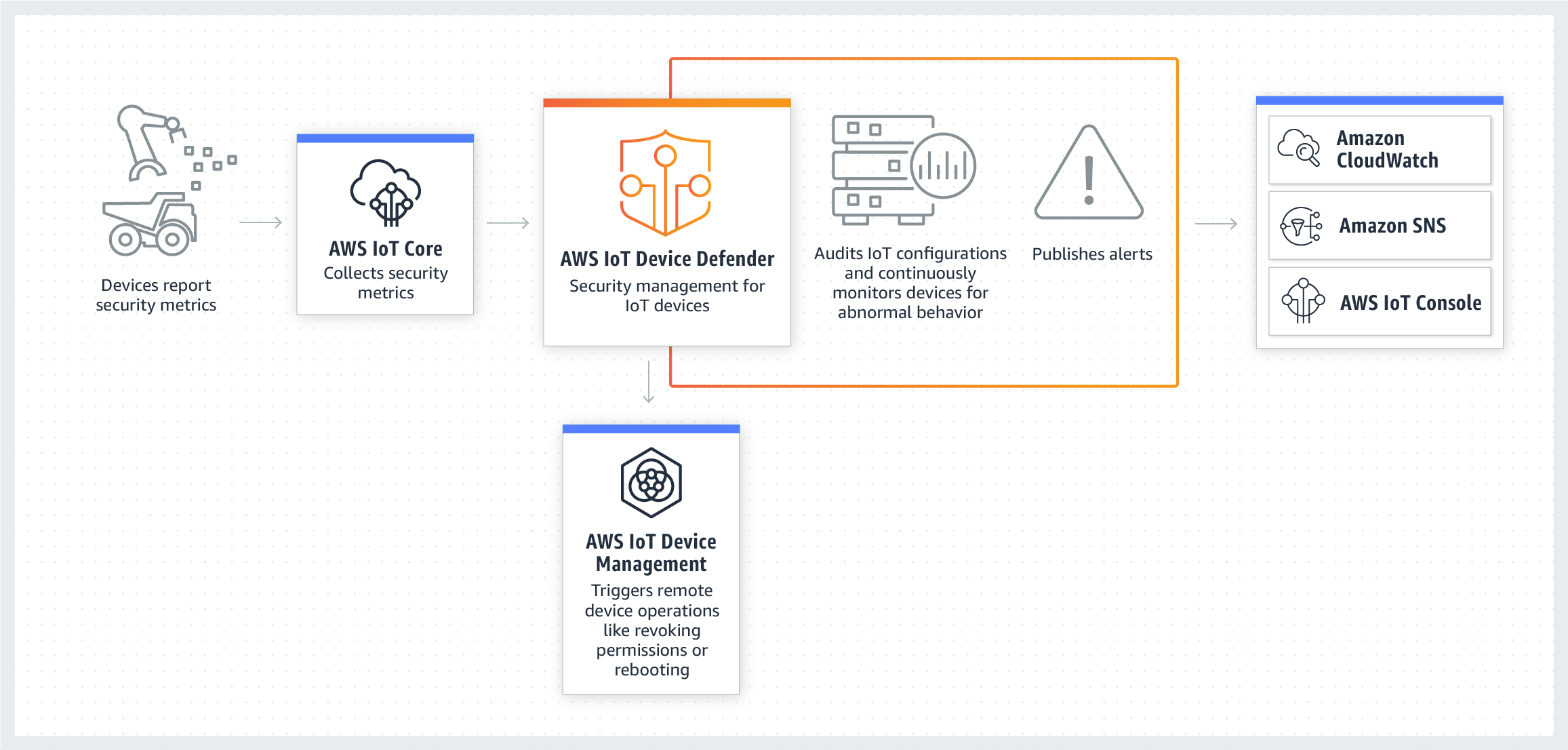Connecting an IoT device via SSH over the internet using AWS on Windows can significantly enhance remote management capabilities. In today's era of interconnected devices, having secure access to your IoT devices remotely is crucial for monitoring and troubleshooting. This guide will walk you through every step necessary to achieve seamless SSH connectivity.
Whether you're managing home automation systems, industrial sensors, or smart agriculture equipment, secure remote access plays a vital role. With AWS and Windows, you can establish robust SSH connections that ensure data privacy while enabling remote control.
This comprehensive tutorial will provide you with expert insights, step-by-step instructions, and practical tips to help you connect your IoT devices securely. By the end of this article, you'll have a clear understanding of how to set up and manage SSH connections over the internet using AWS on a Windows-based system.
Read also:Cameron Brink
Table of Contents
- Introduction
- Prerequisites for Connecting SSH IoT Devices
- Setting Up AWS for IoT SSH Connections
- Configuring Windows for SSH Access
- Establishing SSH Connections
- Implementing Security Measures
- Troubleshooting Common Issues
- Optimizing Performance
- Automating SSH Connections
- Conclusion
Introduction to SSH IoT Devices
SSH (Secure Shell) is a cryptographic network protocol that enables secure communication between devices over an unsecured network. When applied to IoT devices, SSH provides a reliable method for remote management and data transfer. The integration of AWS enhances this process by offering scalable infrastructure and advanced security features.
Why Use AWS for IoT SSH Connections?
AWS offers several advantages for IoT SSH connections:
- Scalability: Easily manage multiple devices without worrying about resource limitations.
- Security: Utilize AWS's robust security protocols to protect sensitive data.
- Global Reach: Access your devices from anywhere in the world with minimal latency.
Prerequisites for Connecting SSH IoT Devices
Before diving into the setup process, ensure you have the following prerequisites in place:
Software Requirements
- Windows 10 or later installed on your computer.
- Putty or any other SSH client for Windows.
- AWS account with necessary permissions for IoT and EC2 services.
Hardware Requirements
- An IoT device with SSH capabilities.
- A stable internet connection for both the IoT device and your Windows machine.
Setting Up AWS for IoT SSH Connections
AWS provides a comprehensive ecosystem for managing IoT devices. Follow these steps to set up your AWS environment:
Step 1: Create an IAM User
Begin by creating an IAM user with the necessary permissions for IoT and EC2 services. This ensures secure access to AWS resources.
Step 2: Configure IoT Core
Set up AWS IoT Core to manage your devices:
Read also:Memphis Depay
- Create a thing in the AWS IoT console.
- Generate certificates and keys for secure communication.
- Attach a policy to the certificate to define permissions.
Configuring Windows for SSH Access
Once AWS is set up, it's time to configure your Windows machine for SSH access:
Enable OpenSSH Server
Open PowerShell as Administrator and run the following command:
Get-WindowsCapability -Online | Where-Object {$_.Name -like 'OpenSSH.Server*'}
After enabling the OpenSSH server, ensure the service is running:
Start-Service sshd
Configure Firewall Settings
Allow inbound and outbound SSH traffic through the Windows Firewall:
- Open Windows Defender Firewall with Advanced Security.
- Create a new rule allowing port 22 for SSH.
Establishing SSH Connections
With both AWS and Windows configured, you can now establish an SSH connection:
Connecting via Putty
Launch Putty and enter the following details:
- Host Name (or IP address): The public IP address of your IoT device.
- Port: 22 (default SSH port).
- Connection Type: SSH.
Verifying the Connection
After connecting, verify the session by running basic commands like:
uname -a
This command will display the operating system details of your IoT device.
Implementing Security Measures
Security is paramount when managing IoT devices over the internet. Follow these best practices:
Use Strong Authentication
- Enable two-factor authentication (2FA) for additional security.
- Use key-based authentication instead of passwords.
Monitor Connections
Regularly monitor SSH connections to detect and prevent unauthorized access:
- Set up alerts for failed login attempts.
- Review logs for suspicious activities.
Troubleshooting Common Issues
Even with careful setup, issues may arise. Here's how to troubleshoot common problems:
Connection Timeouts
- Check the firewall settings on both the IoT device and Windows machine.
- Ensure the correct IP address and port number are used.
Authentication Failures
- Verify the SSH keys and ensure they match.
- Double-check the username and password if using password-based authentication.
Optimizing Performance
To ensure smooth operation, consider the following optimization techniques:
Compress Data Transfers
Enable data compression in your SSH client to reduce latency and improve transfer speeds.
Use Efficient Protocols
Choose protocols that balance security and performance, such as AES-128 for encryption.
Automating SSH Connections
Automating SSH connections can save time and reduce errors. Use scripts to automate routine tasks:
Creating a Batch Script
Write a simple batch script to connect to your IoT device:
putty.exe -ssh user@IPaddress -pw password
Scheduling Connections
Use Windows Task Scheduler to run the script at specific intervals:
- Open Task Scheduler and create a new task.
- Set the trigger and action to run the batch script.
Conclusion
Connecting an IoT device via SSH over the internet using AWS on Windows is a powerful way to manage your devices remotely. By following the steps outlined in this guide, you can establish secure and efficient SSH connections. Remember to prioritize security and regularly monitor your connections to maintain optimal performance.
We encourage you to share your experiences and ask questions in the comments section below. For more in-depth guides and tutorials, explore our other articles on IoT and AWS integration. Together, let's build a smarter, more connected world!


